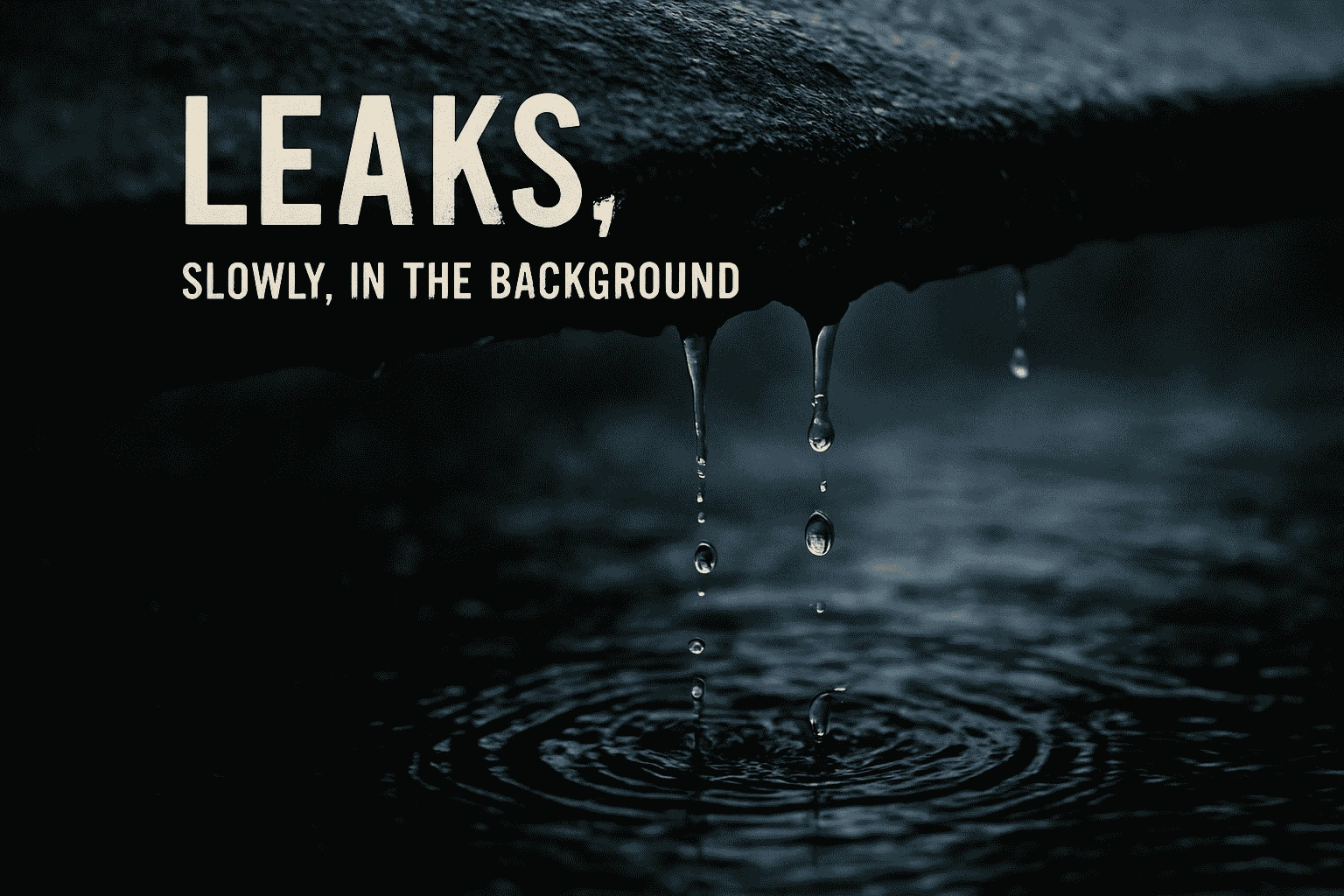Most people believe holding onto cash is the safe play. You worked hard for your money, so it makes sense to keep it close—ready for anything. Emergencies. Market crashes. Recession rumors. But here's the truth: while you're sitting on that cash, it's quietly losing power. Not just theoretically—measurably. And the cost isn't loud. It doesn't hit you in a single moment. It leaks, slowly, in the background. That's what makes it dangerous.

This isn’t about fearmongering. It’s about math. Your money, when sitting idle in a savings account or checking account, doesn’t just “stay still.” It’s shrinking. It loses purchasing power every year due to inflation—the gradual rise in the cost of goods and services. Even at 3–4% inflation, which sounds modest, the compounding effect is brutal. In just 10 years, the value of your cash drops by nearly 30%. That means your $10,000 won’t buy what it does today. It’ll buy what $7,000 buys now. That’s not a theoretical future. That’s baked in unless your money is growing.
The hard part is, holding cash feels safe. There’s no volatility. No headlines to scare you. But that's exactly what makes it seductive. It offers the illusion of control. You log in, see the same number every day, and assume you're holding steady. Meanwhile, investors—even conservative ones—are building portfolios, collecting dividends, and compounding growth, quietly pulling away. You're not staying neutral. You're falling behind.
If you're saving for something short-term—a down payment, a big move, an emergency fund—then holding cash makes sense. But beyond that, every extra dollar sitting idle is a missed opportunity. That’s where people get stuck. They hoard for safety, not realizing they’re trading certainty for stagnation. And stagnation, in financial terms, is regression.
From Idle Cash to Active Capital
The wealthy don’t sit on piles of unused cash. They deploy it. They know every dollar is either working for them—or costing them. That mindset is the edge. Investing your money, even in simple diversified assets, changes the game. It turns your income into ownership. It creates growth that outpaces inflation. And it builds long-term wealth without relying on perfect timing or market predictions.
The secret is automation. You don’t need to become a trader. You don’t need to pick winning stocks or follow market cycles obsessively. You need a system—one that takes every extra dollar beyond your core savings and puts it to work. Tools like Openvest exist for exactly that reason. They remove friction. They strip out the hidden percentage-based fees. And they automate real investing, with flat, transparent pricing.

Flat-fee investing is key here. Most traditional advisors charge a percentage of your portfolio—typically 1% annually. That may sound small, but it compounds against you, just like interest compounds for you. The more you grow, the more they skim. Flat-fee models like Openvest fix that. You pay a simple, consistent amount—no matter how much wealth you’re building. That’s alignment. That’s modern investing.
The best part? You don’t need a huge balance to begin. You can start with a few hundred dollars. The important thing is starting. Once you get into the habit of turning surplus cash into assets, you begin thinking differently. You don’t ask, “Can I afford this?” You ask, “Could this money grow faster elsewhere?” That shift—from spender to allocator—is how wealth begins.
Cash drag is the term financial professionals use to describe the performance you lose by holding too much uninvested cash. But you don’t need to be a pro to feel it. Just compare your savings account growth to the rising cost of rent, food, or insurance. If your dollars aren’t multiplying, they’re melting.
And the longer you wait, the worse it gets. Inflation compounds. Opportunity costs stack. Five years of idle cash could mean the difference between hitting your financial goals or not. Long-term investing, even in a basic, low-volatility portfolio, beats sitting still in almost every historical scenario. Waiting for the perfect moment often ends in missing it entirely.
If your cash isn’t being used within the next year, ask yourself: is it building anything? If not, automate it. Convert it into investments that match your goals. Let it work in the background while you focus on what actually matters—your life, your time, your freedom.
Explore More: Start Investing with flat fee Openvest
Sitting on cash feels responsible. But over time, it’s expensive. Quietly. Relentlessly. The sooner you shift from idle to intentional, the more leverage you unlock.
Don’t let your money wait. Deploy it.
